Striking out on my own today, I spent some serious time at the British Museum. I don’t want to subject anyone else to my unusually long attention span for museums.
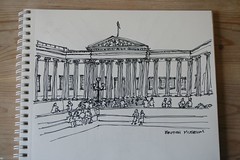
The British Museum is huge. I was there for hours and I didn’t get through half of it. The collection is comprehensive and a bit overwhelming. I saw everything from the Assyrian game of Ur to contemporary prints and sketches. It is the scale of the collection that makes this museum, and others like it, quite controversial in some circles. I’ve been to Greece and walked the procession to the Acropolis. You can’t see the carvings from the Parthenon when you finish the climb because they aren’t there. They are here, in London. Some of the most significant artifacts from around the world aren’t where they were created, they’ve been taken and amassed here, where the world can see them for free. There are two sides to this argument. If Lord Elgin had left the scattered pieces of the Parthenon what would have happened to them? Would they have been destroyed completely by the Ottomans, or left to be pillaged by treasure hunters or travelers? Elgin brought them back to England and when he realized their importance arranged to have them displayed. Does his noble intention condone the fact that he stole some of the most precious treasures Greece had? For me it diminished the power the carvings have seeing them separated from the building they were created for. It also diminished my experience in Greece. There are still fragments of the marbles in Greece and scattered through other museums around the world. The friezes need to be reunited. It needs to be whole again. But where should that happen? In Greece? The Acropolis is suffering from pollution and heavy traffic. Millions more people see these magnificent pieces each year in London than would be possible in Greece. They are accessible to a larger audience here that wouldn’t be possible elsewhere. And, as my Greek history professor once said, “The Greeks don’t take good care of their stuff.” So should the entire collection be reunited in London? Is that fair to Greece? Will this magnificent collection ever be brought together again? The explosion that tore apart the Parthenon in 1687 couldn’t tear it apart in the way it has been now. But if Elgin hadn’t taken as much as he could find in the rubble it is doubtful that the collection would be as complete. It also struck me as I studied each panel that if the Parthenon hadn’t been damaged and these carvings were still complete and in place, you couldn’t see them at eye level. They would be so high that the incredible detail in the carvings wouldn’t be visible. I found myself taking pictures of the small details, the masterful ways in which emotion is expressed in stone when the carvers believed that no one but themselves would ever see their work this closely. The craftsmanship is stunning.
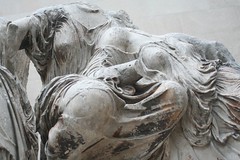
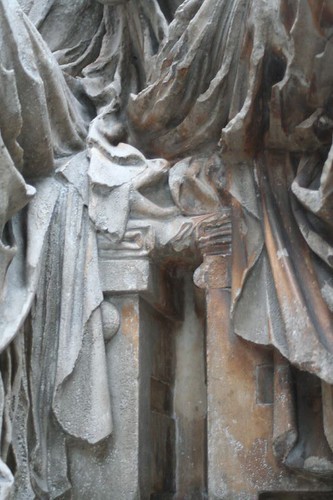
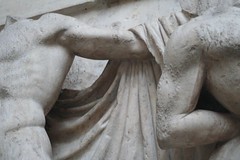
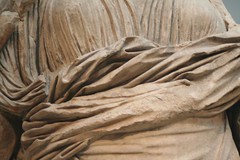
The same arguments could be made, on both sides, for the Egyptian, Assyrian and Roman collections. Don’t pieces of this magnitude belong in their own countries? Is it fair that museums in England and other countries have them? But could native countries, often with little money or plagued by political unrest, take care of these pieces the was they deserve? And since the civilizations that created them no longer exist is there an argument that they belong to no one, that the whole world deserves to have access to them?
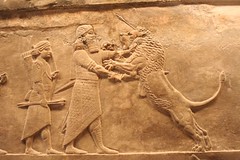
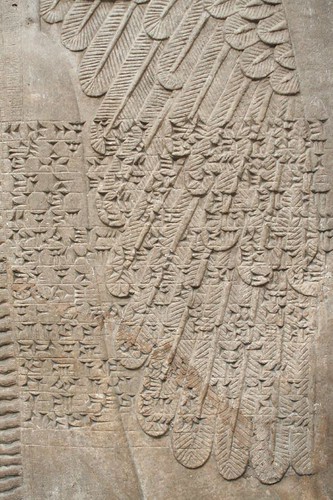
There is one incredible advantage to having all of this together in one building. I know so much about the history of each civilization that I chose to disregard that knowledge. I wandered without much intent, trying to soak everything in. I wanted the magnitude of history to wash over me without expectation. Doing this I was able to see parallels and make connections between cultures and times that would not be possible if all of this had not been brought together in one building. I was entranced by what I saw. Contemporary Islamic calligraphy is strikingly similar to ancient Korean text and Assyrian carvings. Words expressed throughout history, often in a religious context, is something I was drawn to again and again.
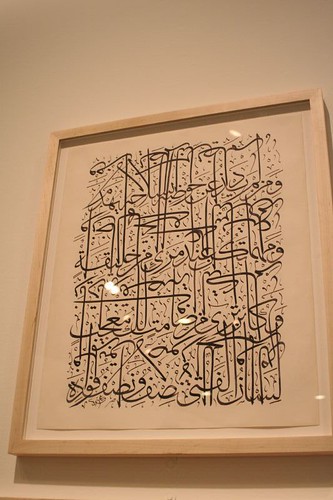
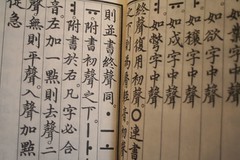
I also found myself drawn into details. That is where I found beauty.
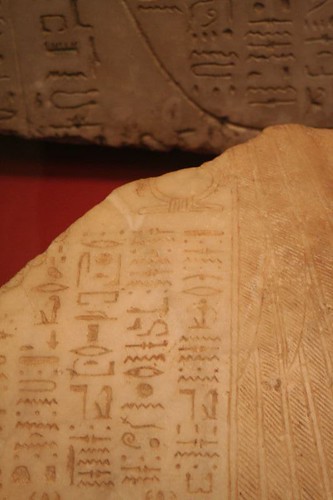
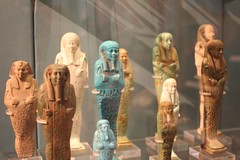

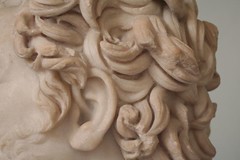
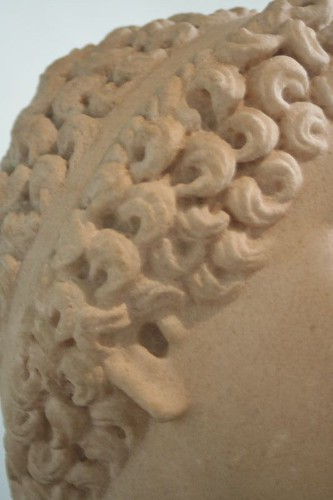
One of my favorite collections was the temporary exhibition, “Word Into Art: Artists of the Modern Middle East.”

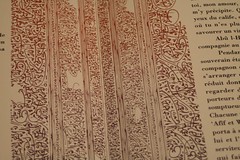
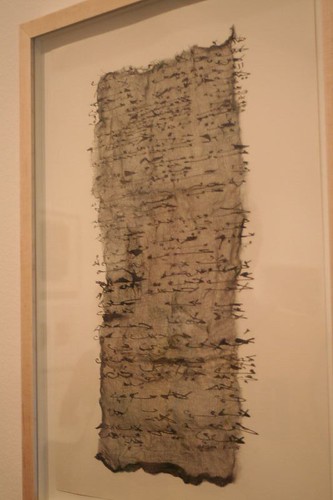
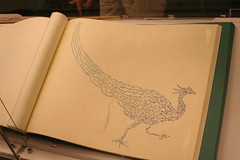
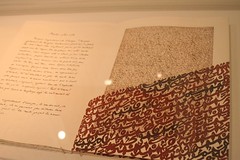
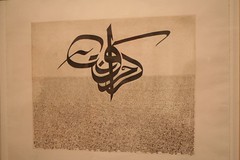
The British Museum itself is stunning, The inner courtyard designed by Norman Foster is one of the most beautiful ways I’ve seen to marry historic and contemporary architecture. The enclosure makes the building better than it was before. I’m looking forward to the Louvre to decide for myself how successful I.M. Pei’s attempt was.
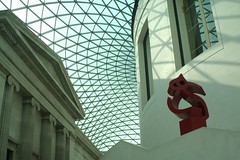


























No comments:
Post a Comment